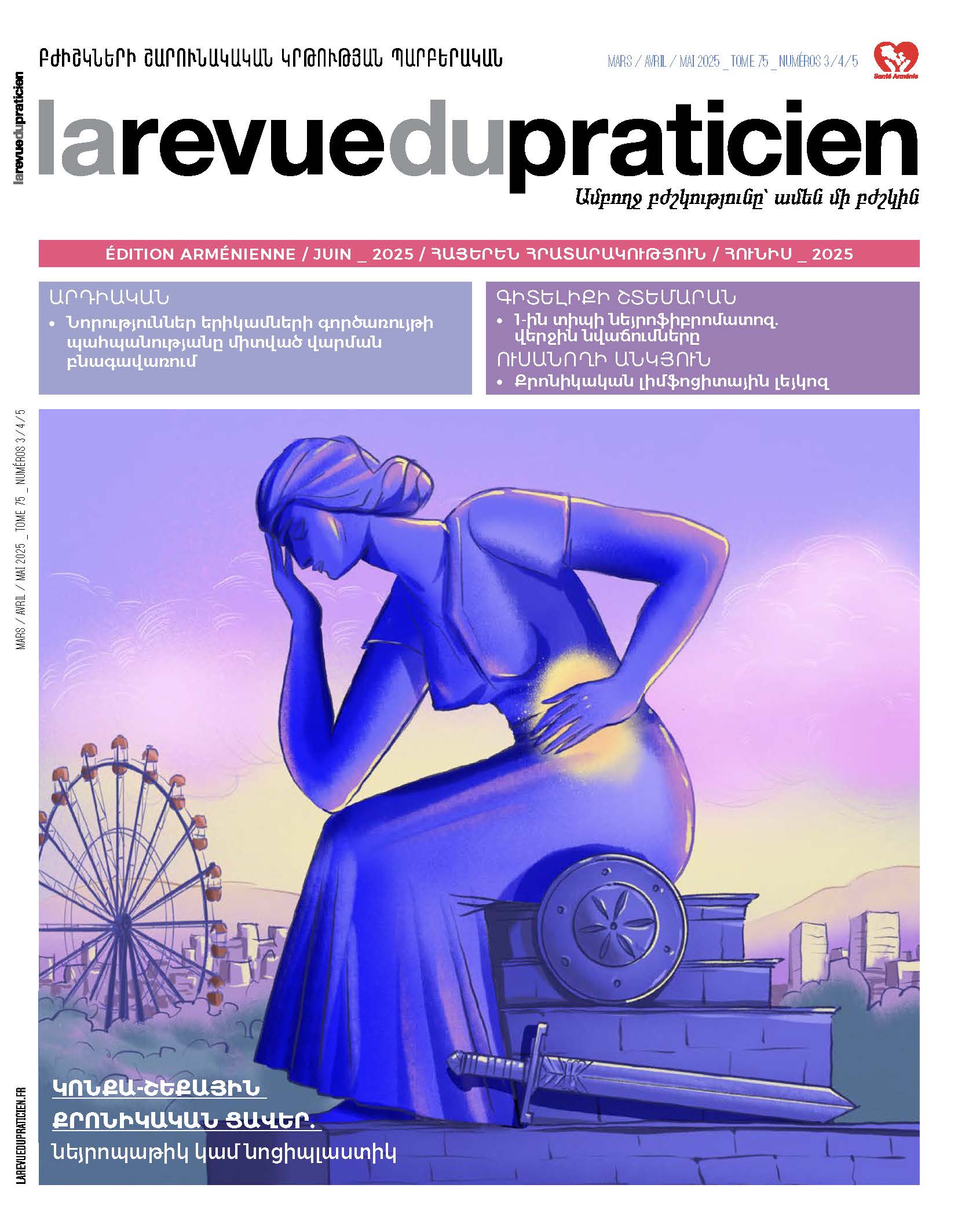Abstract
Severe dysmenorrhoea, or grade 3 dysmenorrhoea according to the Andersch and Millson classification, is present in the vast majority of patients suffering from endometriosis from the first menstrual period. Numerous studies confirm that young girls with severe dysmenorrhoea are in a situation of central hypersensitivity, which is probably at the origin of chronic pelvic pain and co-morbidities. Many authors consider severe dysmenorrhoea to be a precursor of endometriosis. Controlling primary severe dysmenorrhoea therefore appears to be one of the major focus in the management of pelvic pain and the prevention of endometriosis. While endometriosis lesions can aggravate the clinical picture of pain, they rarely explain neuropathic pain. Compressions of nerve trunks by endometriosis nodules are rare. However, neuropathic pain, of the nociplastic type, as part of patients' central hypersensitivity, is common. Treatment is multi-modal. Hormonal treatments are not only control endometriosis lesions, but also chronic pain. By inducing amenorrhoea, the repeated nociceptive influxes of severe dysmenorrhoea can be suppressed, and central hypersensitivity during the menstrual period can be prevented from worsening. Treatment of severe dysmenorrhoea or attacks can benefit from level 1 or 2 analgesics. However, level 3 should never be prescribed in this indication. In the case of chronic pain, a background treatment is proposed. This involves anti-depressants that act on central sensitisation or anti-epileptics. Physiotherapy, TENS (Transcutaneous Electrical Nerve Stimulator) and cognitive-behavioural therapies are part of the multimodal first-line treatment. The indications for surgery and second- or third-line treatments, such as uterine botulinum toxin injections under hysteroscopy, salbutamol or CBD, are discussed.
